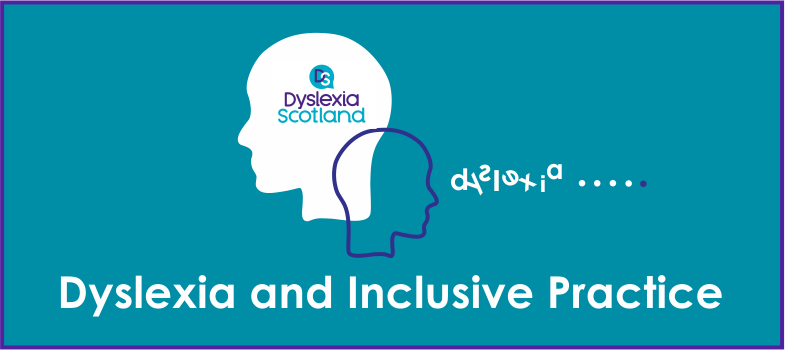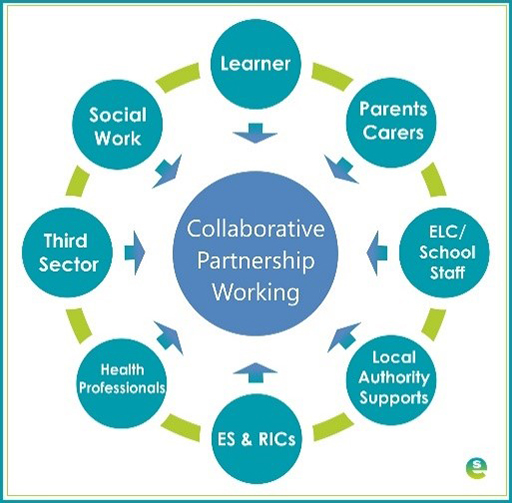4.2. Who is involved in identifying dyslexia?
All those involved in education have the skills and abilities to recognise early signs of dyslexia in children at all stages and take appropriate action in response. In Scotland pupil support begins with the class teacher. However, this does not mean that class teachers are responsible for the formal identification of dyslexia. It means they play an important role in the initial stages and the continuing monitoring and assessment of learning – as they do for all their pupils.
Everyone who works with children and young people has a responsibility to respond appropriately to their needs. Recognising early signs of difficulties and adapting learning and teaching approaches are a regular part of the daily routine for teachers supporting all children in an educational environment. For those who may have additional learning needs such as those arising from dyslexia, it is important that these needs are met in the best possible way by accurate and timely identification.
The identification of dyslexia is a collaborative process. A range of professionals may be involved in the identification process over a period of time. Working collaboratively will support the identification and the needs of the child/young person. The participation and views of the parents, carers and child or young person are very important. Parents, carers or someone else involved with the family (e.g. social worker, health visitor) may have raised concerns with the teacher in the first instance.
Involvement of Educational Psychologists and health colleagues will vary depending on the needs of the learner. In Scottish schools Educational Psychologists are not required to assess and identify dyslexia, but they may provide a consultative role and learners will not automatically require or access allied health services such as speech and language.
4.1. How is dyslexia identified?

